Part 1: Open wide and say, "Ahhhhh!" Take a look at your tongue. Is it barbed and does it have a big hole in it? No? You're probably not an owl then. Good. You passed that part. Those that didn't pass get to eat a mouse.
Part 2: Why is there a hole in this owl's tongue? I'll give you a minute to come up with a creative answer using haiku or interpretive dance.
Answer to Part 2: The hole you see in the back of the tongue is called the glottis. It's the entrance to the windpipe (trachea). When the owl swallows, the glottis acts as a valve and closes so the food doesn't "go down the wrong pipe".
Some of you failed that exam, so I'll give you bonus points if you can identify the owl in the first photo. Hint: it starts with "Great".
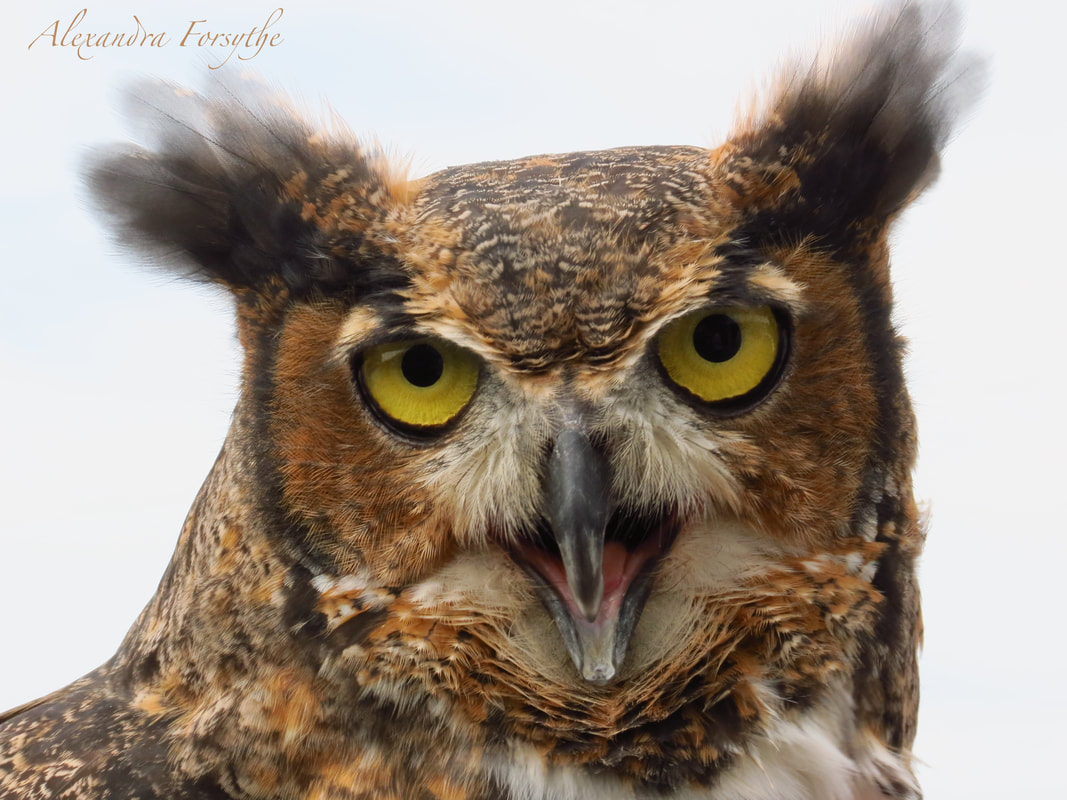
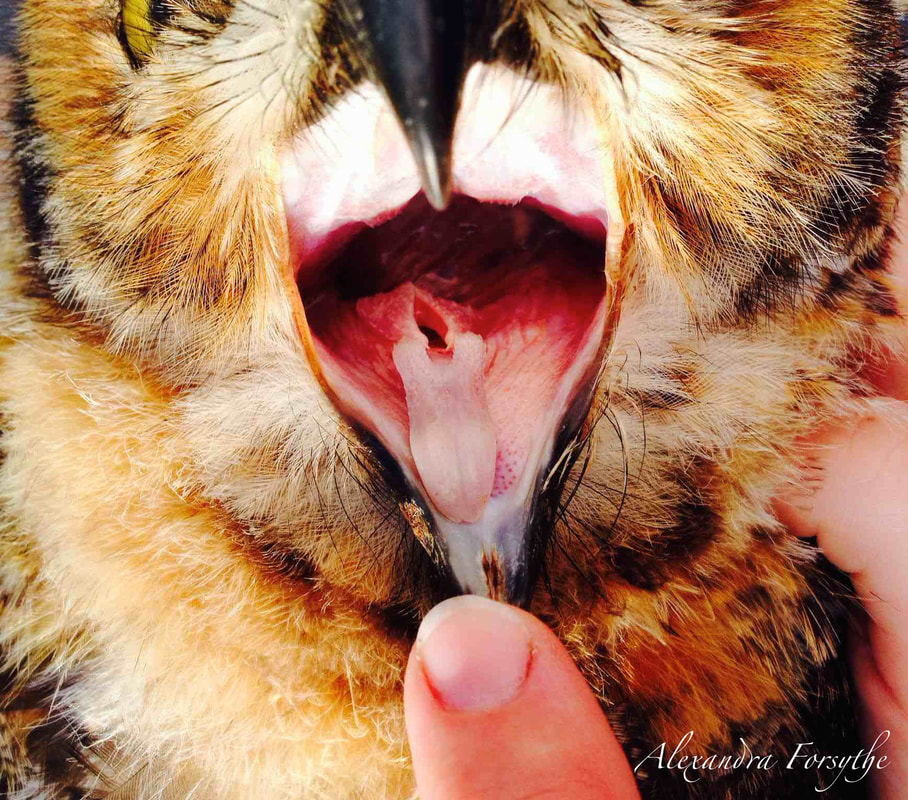
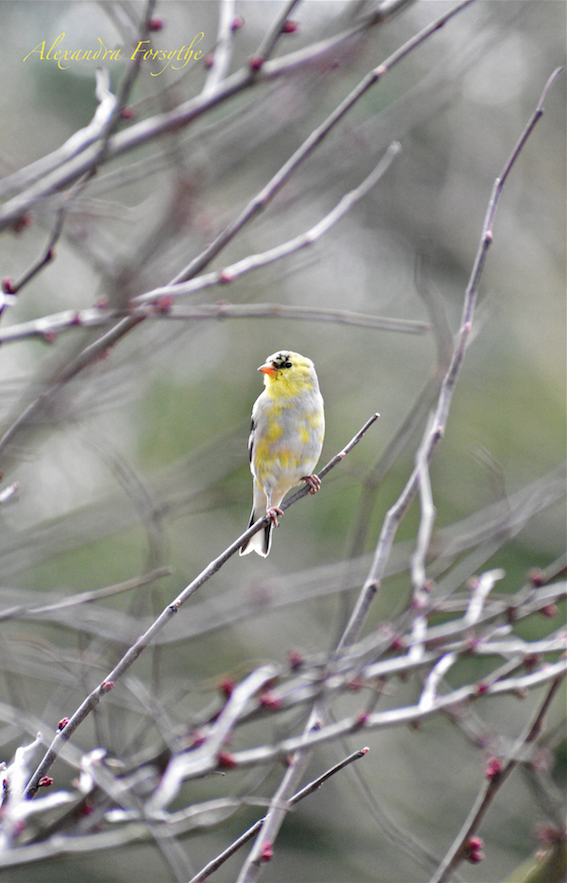
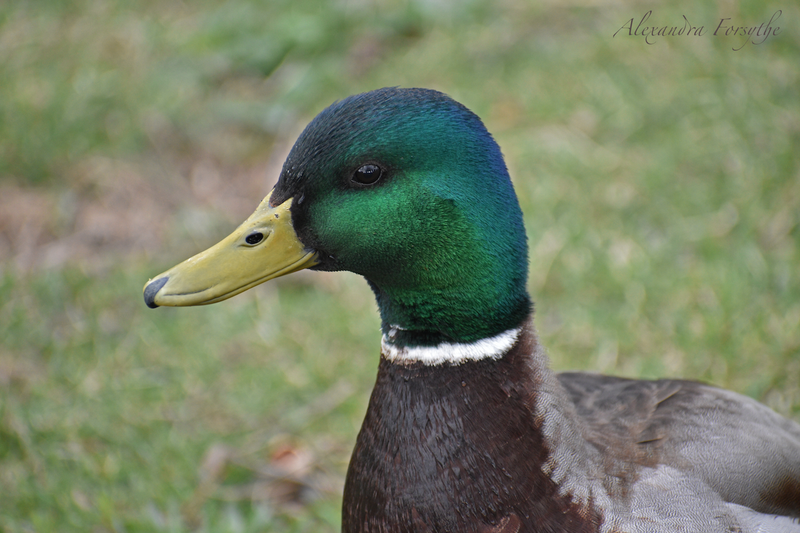
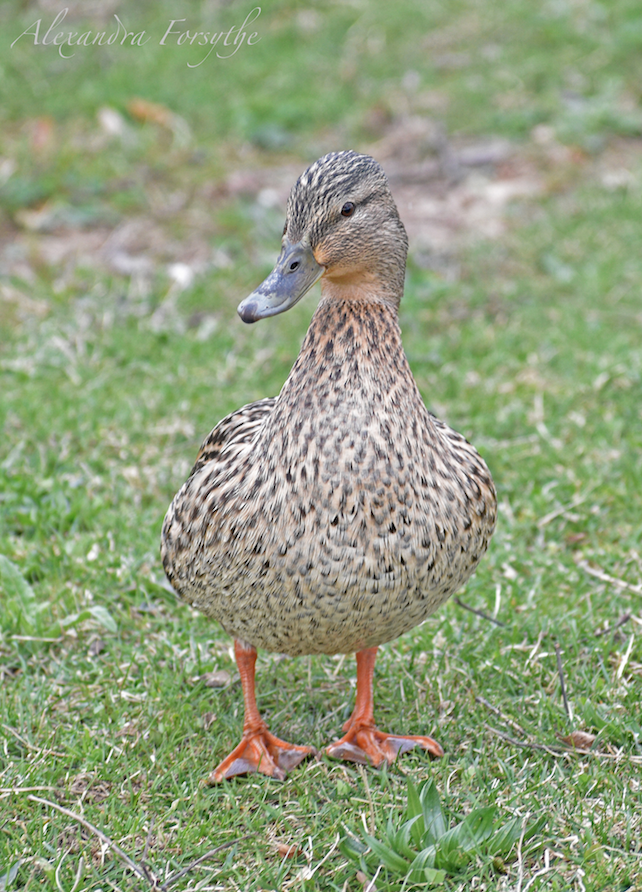
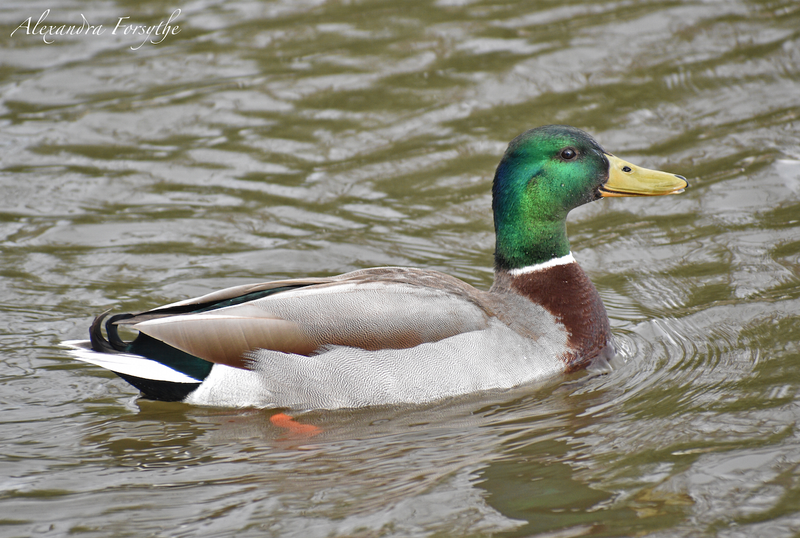
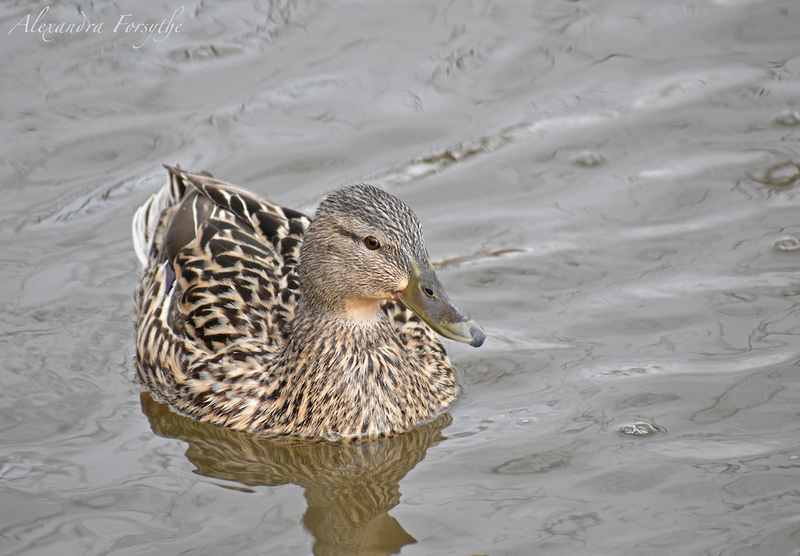
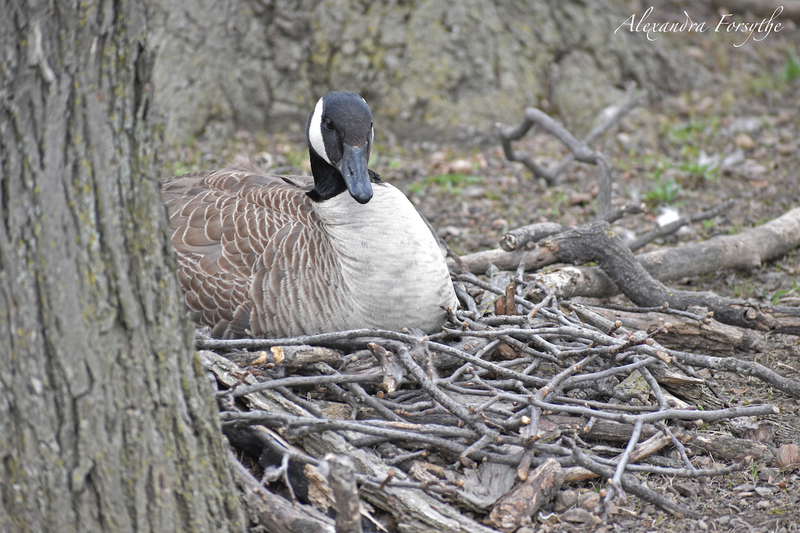
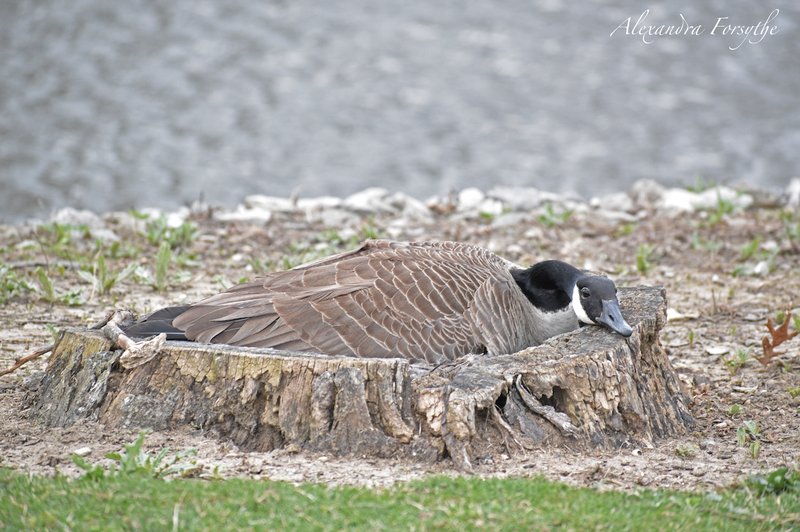
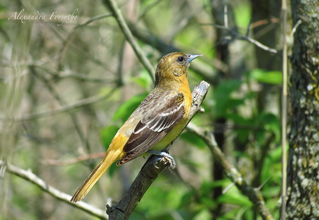
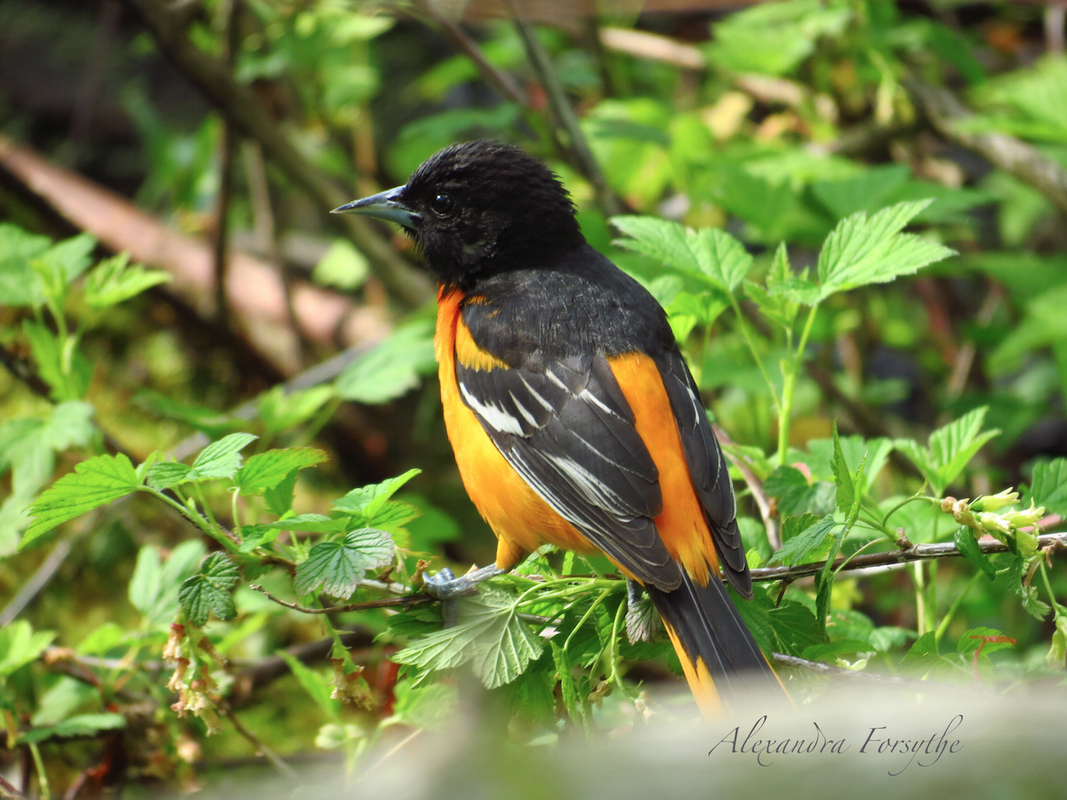
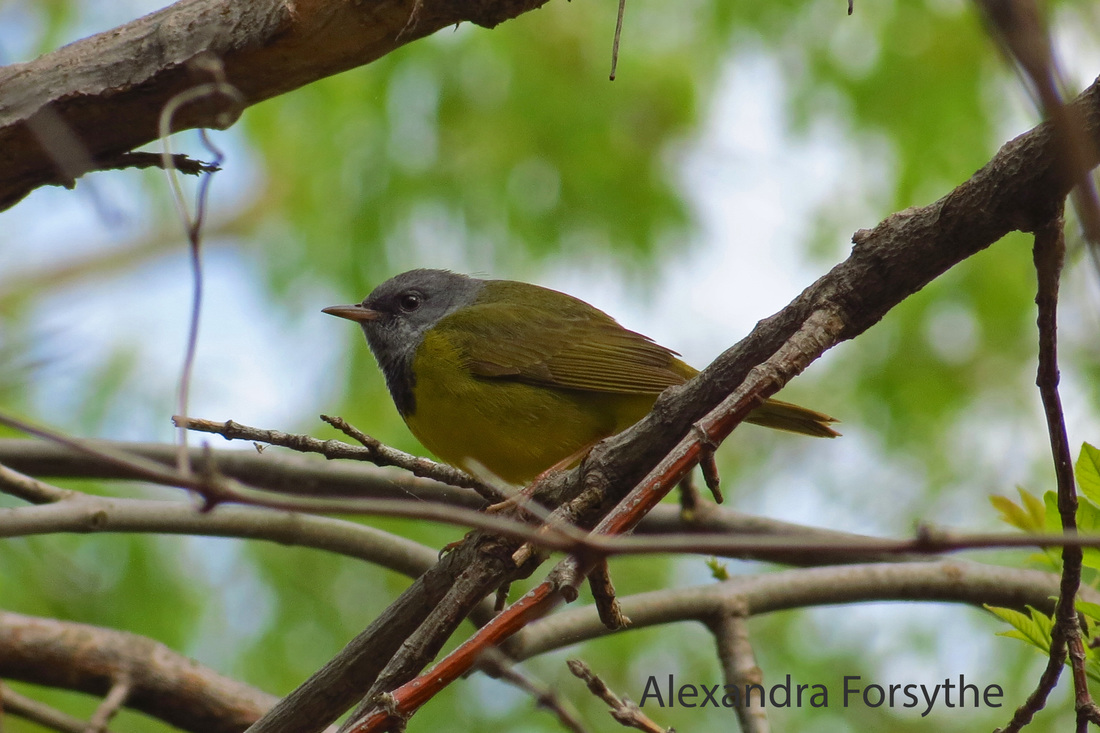
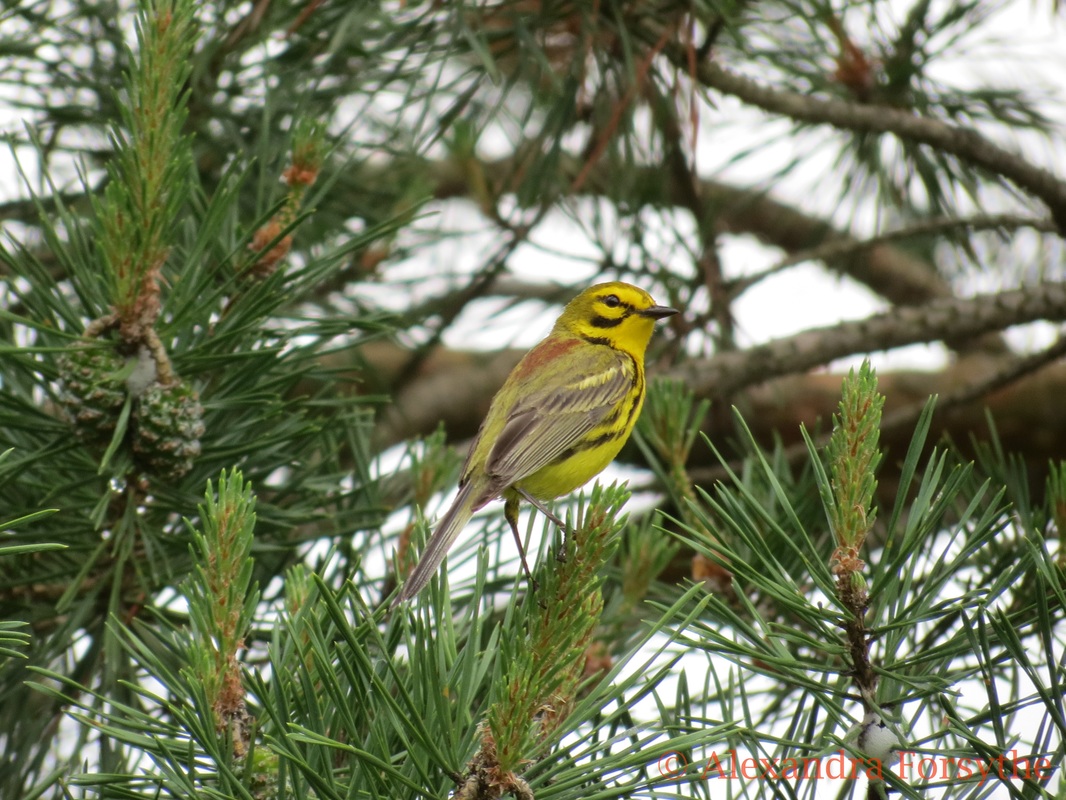

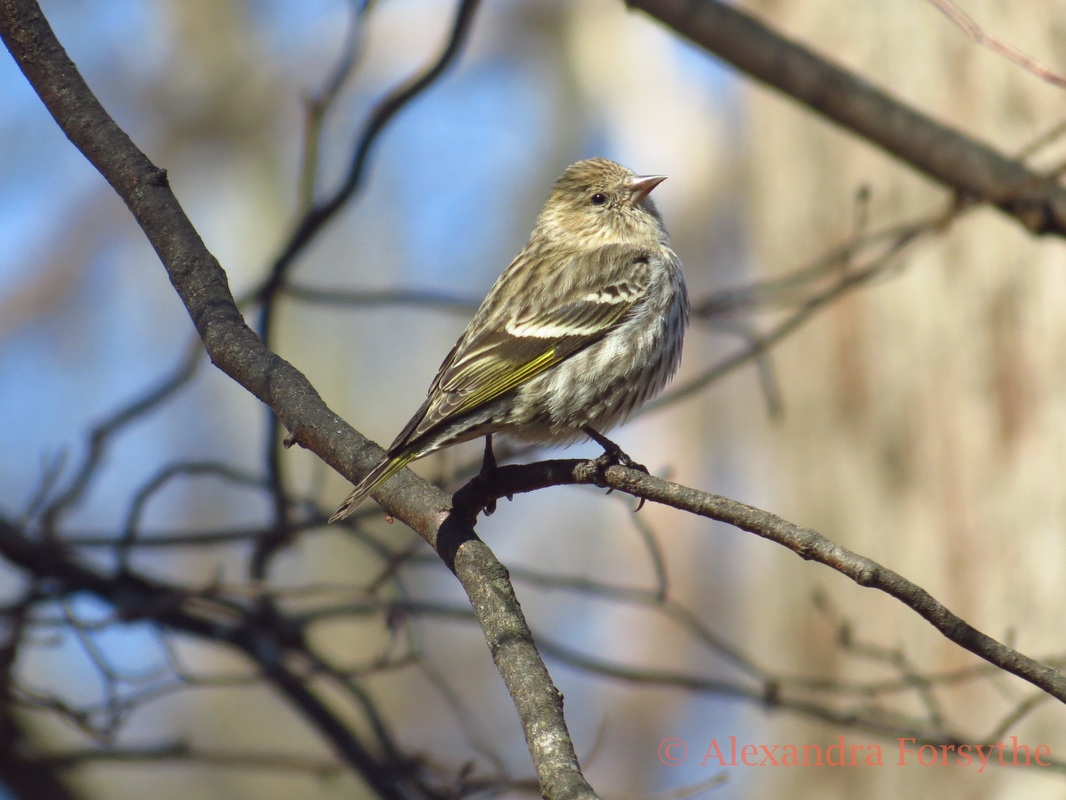
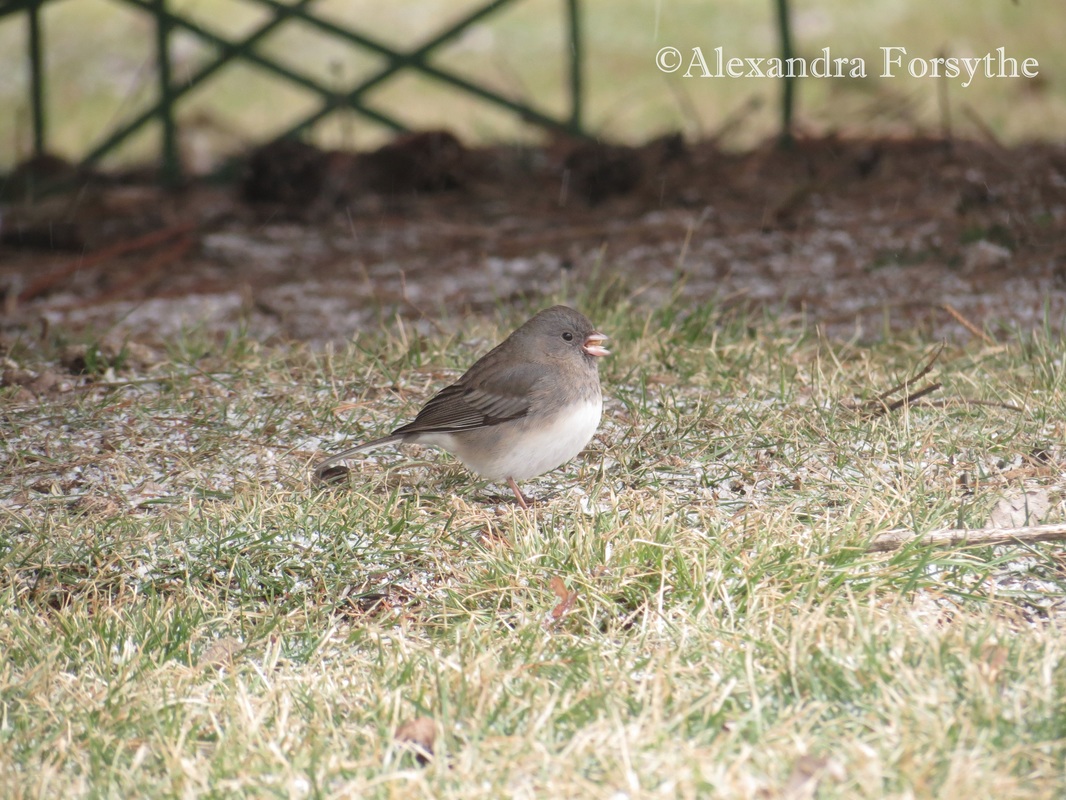
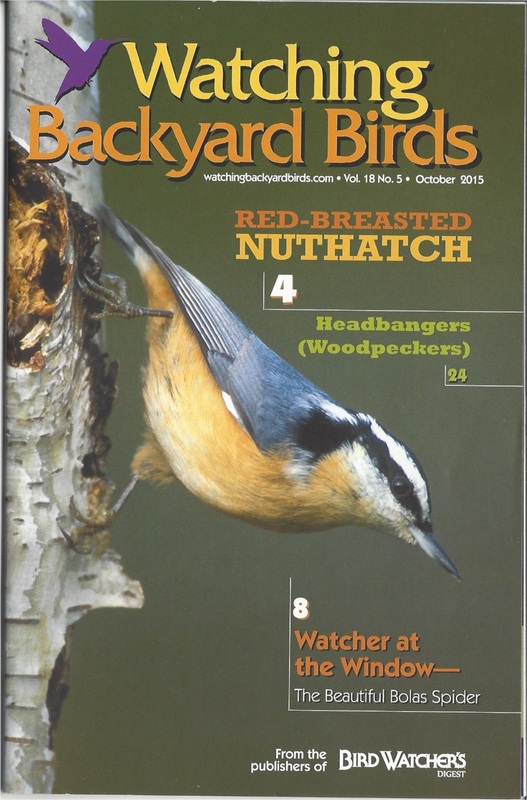
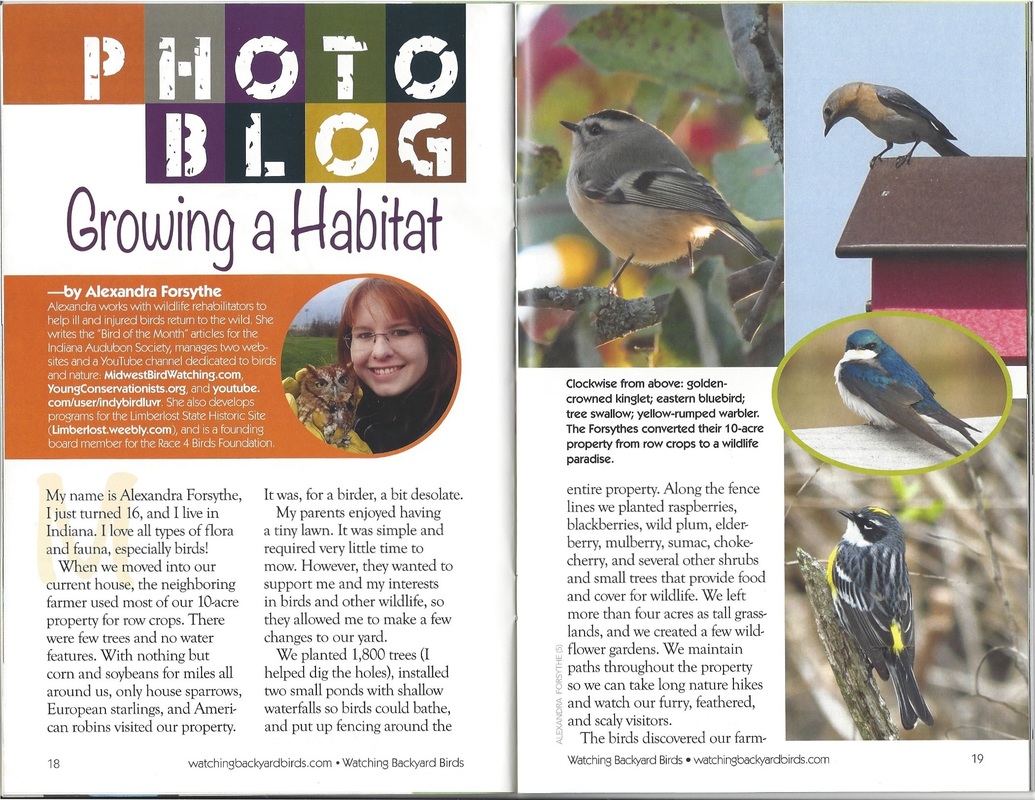
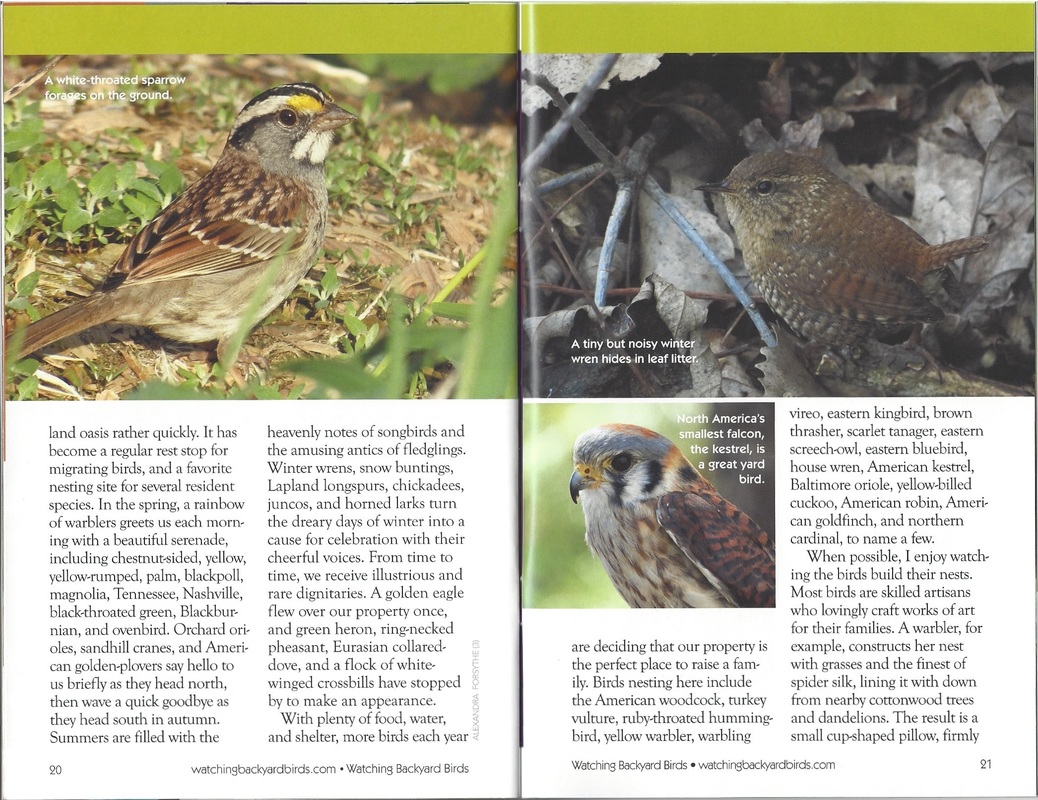
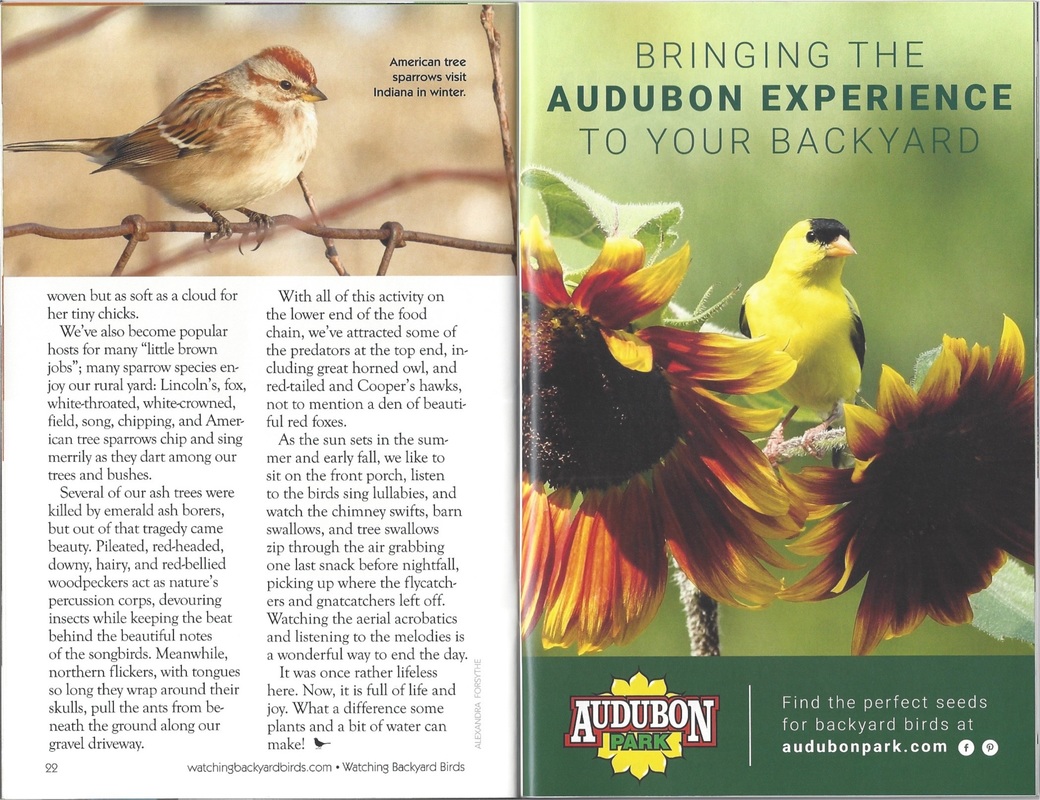
 RSS Feed
RSS Feed
